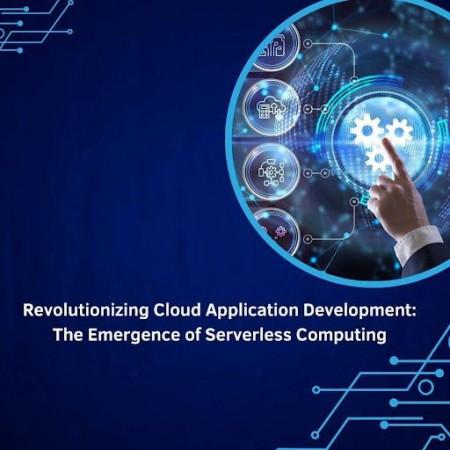
In the digital age, serverless computing is revolutionizing cloud technology by transforming application development and deployment. Mohammed Khaja Sirajuddin, a leader in this field, emphasizes how this paradigm enables developers to concentrate on application logic while eliminating server management complexities. Its innovative framework has gained widespread adoption across industries due to its operational efficiency, scalability, and cost-effectiveness, making it a key driver of modern technological advancement and a cornerstone of future-ready cloud solutions.
Event-Driven Architecture: The Core of Innovation
At the heart of serverless computing lies the event-driven architecture, an advanced system where functions are triggered by specific events. This model employs asynchronous communication, integrating components seamlessly through patterns like pub/sub models and event streaming. By enabling precise function execution triggered by real-time events, organizations can achieve unparalleled efficiency and responsiveness.
Dynamic Resource Allocation for Optimal Performance
Serverless computing employs intelligent resource allocation systems that dynamically provision resources based on real-time demands. This approach eliminates idle resource costs and optimizes memory, CPU, and network utilization. By leveraging predictive algorithms and sophisticated load-balancing techniques, serverless platforms maintain consistent performance even during peak workloads.
Automated Scaling: The Backbone of Flexibility
One of the most compelling features of serverless computing is its automated scaling capabilities. Through advanced predictive analytics, these systems anticipate workload fluctuations, ensuring resources scale seamlessly with demand. This eliminates the need for manual interventions, providing a frictionless experience for developers and businesses alike.
Economic Efficiency Through Pay-Per-Execution
The financial model of serverless computing is as innovative as its architecture. With a pay-per-execution pricing strategy, organizations are charged only for the computational resources used during function execution. This granular billing model drives significant cost savings, allowing businesses to align expenditures directly with operational needs while minimizing waste.
Operational Simplicity and Developer Productivity
By abstracting the complexities of server management, serverless computing reduces operational overhead dramatically. Developers can dedicate their efforts to crafting robust business logic, accelerating deployment cycles and time-to-market for applications. Research indicates a 60% reduction in development overhead for teams adopting this architecture, fostering a culture of innovation and agility.
Performance Optimization Strategies
Serverless environments emphasize performance through methods like function warming, dependency optimization, and caching. These strategies mitigate issues like cold starts and enhance overall application responsiveness. Continuous monitoring and fine-tuning of configurations ensure that applications maintain high performance while optimizing resource consumption.
Security Considerations in Serverless Frameworks
Security in serverless architectures demands a multi-layered approach. From robust authentication mechanisms to fine-grained access controls and secure data transmissions, these frameworks prioritize protecting both the functions and the underlying platform. Addressing challenges like API security and dependency vulnerabilities ensures a secure ecosystem that aligns with regulatory standards.
Emerging Trends and Future Directions
The future of serverless computing is evolving through key trends like edge computing, which brings computation closer to end-users for reduced latency and enhanced performance. Innovations in state management are addressing the stateless nature of serverless, making it more versatile for complex applications. Multi-cloud serverless frameworks are emerging, offering flexibility, resilience, and reduced dependence on single vendors. Moreover, the convergence of serverless with AI and machine learning is unlocking groundbreaking possibilities, streamlining workflows, and driving transformative innovations across industries.
In conclusion, Serverless computing is more than a technological advancement; it represents a fundamental shift in how organizations approach software development. By addressing the challenges of traditional cloud models while unlocking new opportunities for efficiency and scalability, this architecture is paving the way for the next era of cloud application development. As Mohammed Khaja Sirajuddin concludes, the transformative potential of serverless computing will continue to drive innovation, shaping the future of cloud technologies and enabling businesses to thrive in a dynamic digital landscape.








![Sky is the limit: IndiGo is now tenth largest airline by capacity globally; growth indisputable [details]](https://data1.ibtimes.co.in/en/full/767455/sky-limit-indigo-now-tenth-largest-airline-by-capacity-globally-growth-indisputable-details.jpg?w=220&h=138)








